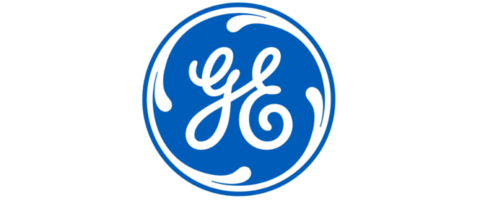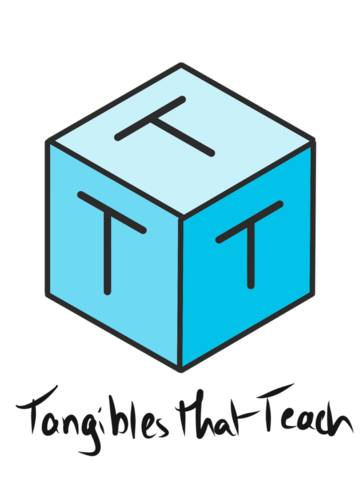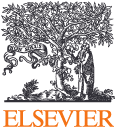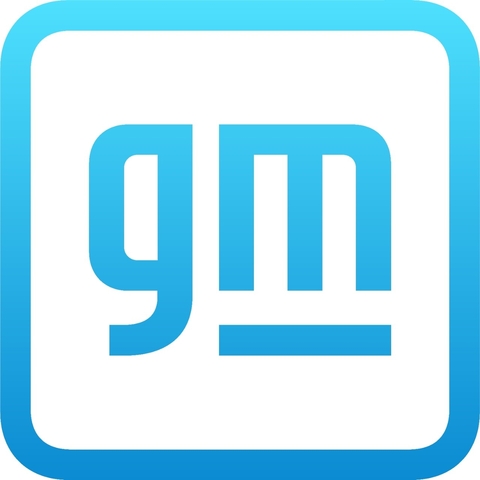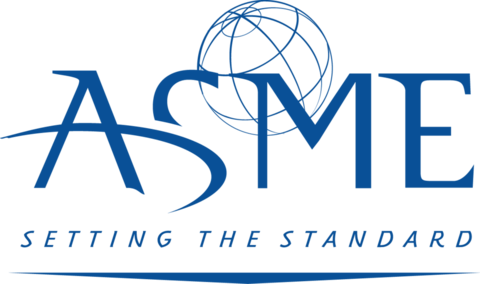Overview
ACC 2021 has modified the standard conference format to accommodate the online format, multiple time zones of participants, and minimizing zoom fatigue.
After one day of workshops on Monday, May 24, 2021, the technical program will begin on Tuesday, May 25, 2021 and continue through Friday May 28, 2021. The conference times will follow Eastern Daylight Time (EDT).
Each day of the technical program will begin at 9:00am EDT with a one-hour plenary, followed by a 15 minute networking break, then two hours of technical paper presentations. Special sessions will take place 12:30pm – 5:30pm.
Technical paper presentations at ACC 2021 will consist of two formats: 2 rapid-interactive (RI) sessions and 21 parallel traditional 15-minute oral presentation sessions, all in parallel.
If you have been included in an RI session and would like information about how to prepare for your presentation, please click here.
Below is the basic program layout for each day at the conference:

Because the RI sessions are a recent addition to the ACC, they are described in detail below.
The RI sessions are intended to provide the authors an opportunity to present their work to a larger audience, enhance the interaction for conference participants, and encourage attendees to discuss with more authors during the interactive presentations.
All peer-reviewed papers will be presented in either the RI sessions OR the traditional oral presentation format.
Each RI session will take place in spatial.chat and consists of the following:
- A sequential looping video of the 20 three-minute oral presentations for the session (during the two hours of the session, each video will appear twice).
- An interactive spatial.chat zone with a PNG poster for each paper where the authors will show more details of their work, interact with participants, and answer questions.
Examples of RI talks are shown below:
- Standard 3-minute RI Presentation
Your presentation has two components: a three-minute rapid oral presentation and an interactive (digital) display. This format gives you the opportunity to present your work to a large audience and allows deeper interaction with those interested in your work in the interactive part of the presentation.
-
- Presenting
You will have only three minutes, and there will be no changeover time and no questions, so you should be able to get your message across, enabling the audience to know if they want to learn more and discuss further about your work during the interactive session. Use the time wisely! Questions and discussions will happen during the interactive sessions. - Rules
You must finish in three (3) minutes! Plan on 2:50 to be safe. - Suggestions
PRACTICE! Most likely, you will need to practice a number of times to get your message across effectively in only three minutes. You will not be introduced. Give your name and the title of your paper. Your presentation is an advertisement for your paper, so focus on insights rather than details. Avoid spending much time on related work. Consider giving an application/motivation of your work, the main result, and one piece of technical “meat” (e.g., a theorem, a design principle, an equation, etc.) that will help the audience understand the methodology and the depth of the work, understanding that there will not be time for all the details.
- Presenting
- The Interactive Display (in spatial.chat rooms with shared PNG poster image )
The three-minute video reel and the interactive posters will take place simultaneously. Please be present at the start of the session. All presentation areas will be labeled.
Guidelines
- If you have more than one author for your paper, we recommend you have two authors at your interactive station. This allows one author to walk around and talk to other authors of thematically-related papers while the second author presents the work. If there are people waiting to talk to you, limit your discussion with any one attendee. Schedule a time later to get together to discuss in more detail. The format of the interactive display should encourage lively discussions between paper authors and audience members. The format of the interactive display is not to repeat the same 15-minute one-way talk over and over until the end of the session.
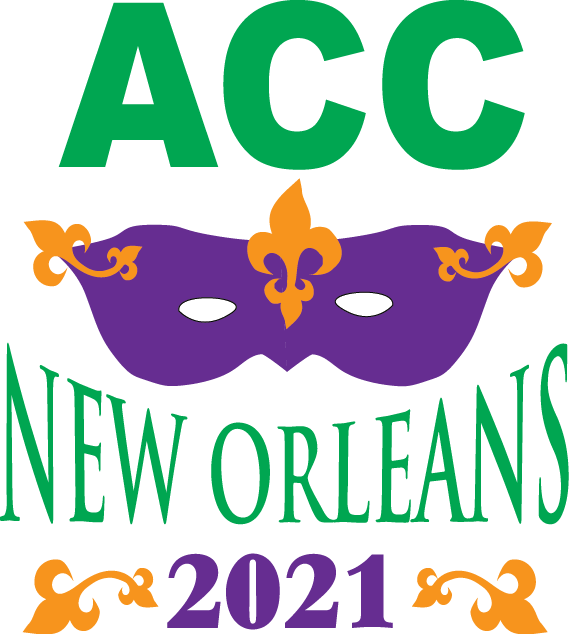
.png)





